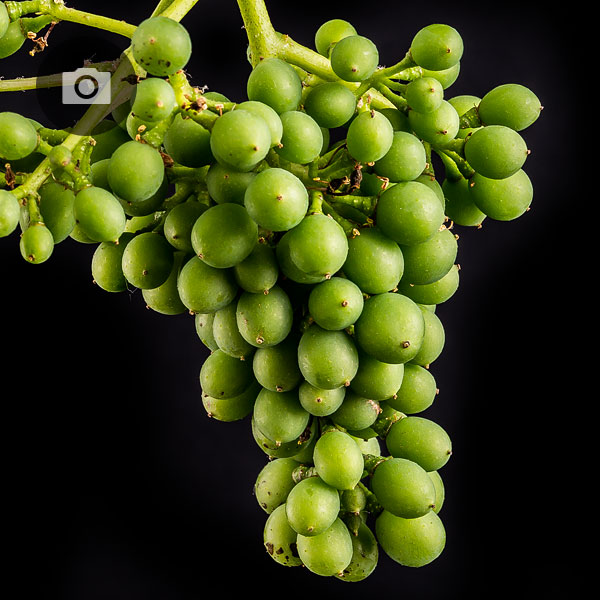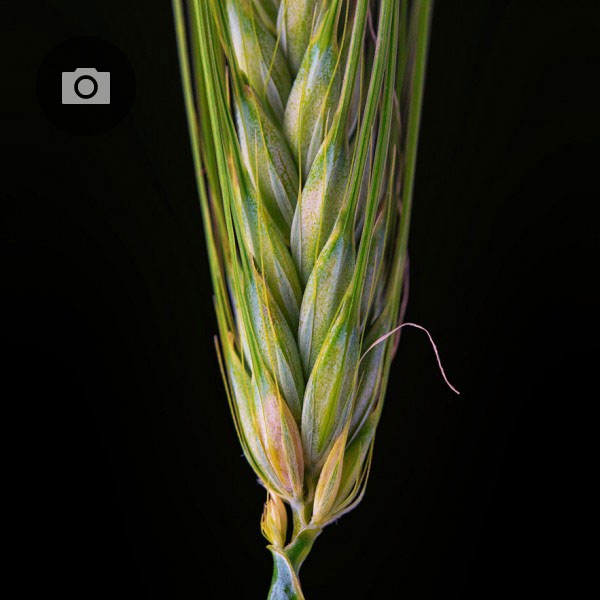
Many hands make light work in Riverbench Vineyard in Santa Maria, California, about an hour north of Santa Barbara. Throughout the year, the vineyard crew tirelessly farms 240 acres of vines. From pruning to harvesting, these workers put in long hours keeping the vineyard productive and healthy.










